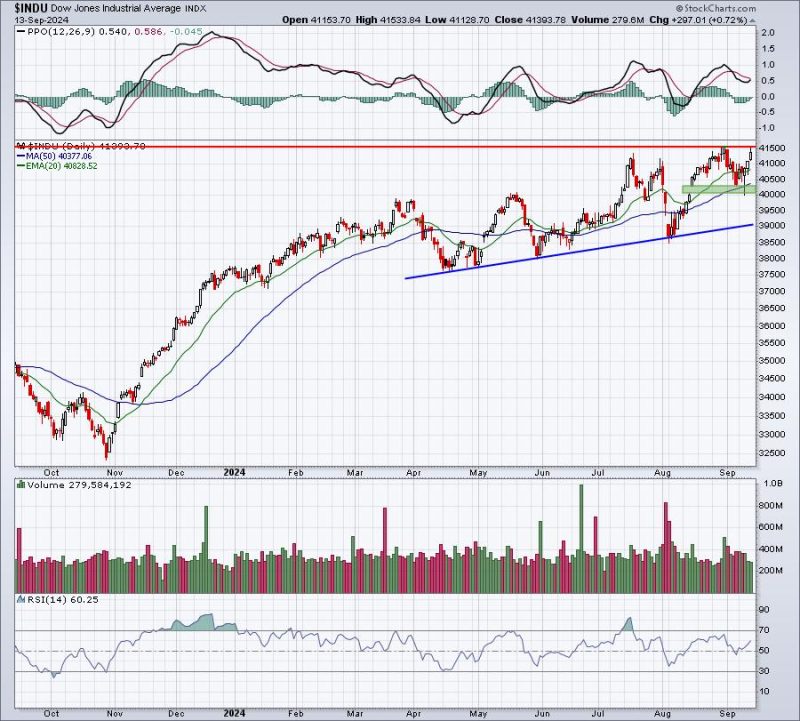In the wake of last week’s significant rally, investors are left wondering: Can we trust the sudden surge in the market or is it merely a temporary blip? The unpredictability of the financial markets often leaves individuals grappling with uncertainty and doubt regarding the reliability of such rallies. While there are various factors to consider when evaluating the legitimacy of a market uptrend, it is crucial for investors to exercise caution and thoroughly assess the underlying reasons behind the recent rally.
One of the primary considerations when analyzing market rallies is the potential catalysts that may have contributed to the increase in stock prices. Last week’s rally was fueled by positive economic data, including strong earnings reports and indications of a robust recovery. These factors undoubtedly played a crucial role in bolstering investor confidence and driving the market higher. However, investors should also remain vigilant and investigate whether these catalysts are sustainable in the long term.
Furthermore, market sentiment and investor behavior can significantly influence the trajectory of a rally. The fear of missing out (FOMO) often prompts investors to join the rally, further propelling stock prices higher. This herd mentality can create a self-fulfilling prophecy, as more investors jump on the bandwagon, driving prices up even further. While optimism and positive sentiment can be beneficial for the market, investors should be wary of blind speculation and irrational exuberance, which can lead to a market bubble that eventually bursts.
Another crucial aspect to consider is the fundamental health of the companies driving the rally. A sudden surge in stock prices may not always be backed by solid fundamentals, leading to inflated valuations and unsustainable growth. Investors should conduct a thorough analysis of the companies involved in the rally, evaluating their financial health, business models, and long-term growth potential. By digging deeper into the fundamentals, investors can make more informed decisions and avoid falling prey to market euphoria.
Moreover, external factors such as geopolitical events, regulatory changes, and global economic conditions can also impact the sustainability of a market rally. Uncertainties stemming from political tensions, trade wars, or economic downturns can quickly dampen investor optimism and trigger a market correction. It is essential for investors to stay informed about the external landscape and remain flexible in their investment strategies to adapt to changing market conditions.
In conclusion, while last week’s rally may have injected a sense of optimism into the market, investors must approach it with caution and skepticism. By conducting thorough due diligence, evaluating the underlying catalysts, assessing market sentiment, analyzing company fundamentals, and staying abreast of external factors, investors can make more informed decisions and navigate market volatility effectively. Trusting a market rally blindly can lead to costly mistakes, but by maintaining a balanced and critical approach, investors can position themselves for long-term success in the ever-evolving financial landscape.



























